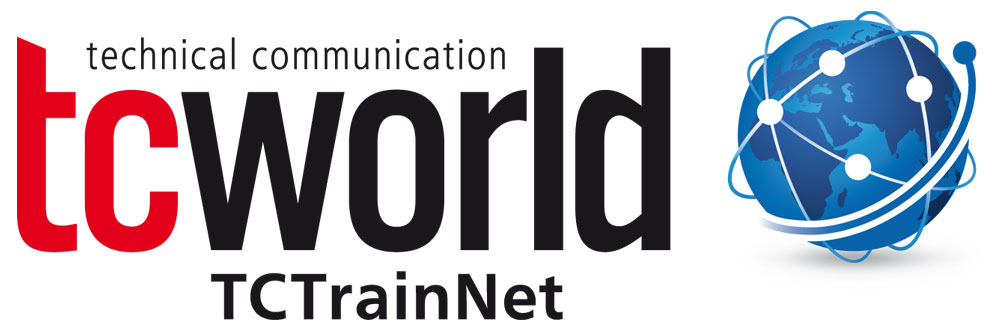It is not unusual for product documentation to be created with traditional text processing tools. Some of these product documentation projects often develop over years. The information pool developed must be transferred into a modular structure suitable for a content management system no later than with the purchase of a CMS. For this, the PI classification (since May 2015, legally protected as PI-Class® and also known as PI-Mod) offers an information model and, at the same time, a metadata concept.
PI-Class provides a range of semantic XML elements specially developed for machine and plant engineering that can, however, also be used on automation and electronics industry products, as well as consumer products.
Inventory information is initially divided and classified into seven different product and information classes (PI), e.g. instructions, description, plans, and safety. In addition, there are two forms, descriptive and instructive. Furthermore, module types for specific sectors are available, such as maintenance plans, tool lists and troubleshooting. The use of a modularization matrix is helpful in this process step. Here, metadata is assigned to information using product and information classes and the other forms.
In the next step, this assigned information is classified into industry-specific information modules like safety, product description, assembly, putting into operation, maintenance and troubleshooting, and thus form a structure for the product documentation to be created.
PI-Fan, a reference implementation freely available with 18 variants under (MIT) license, offers support in implementation.
PI-Class® forms the basis for the metadata concept of the tekom standard iiRDS.



